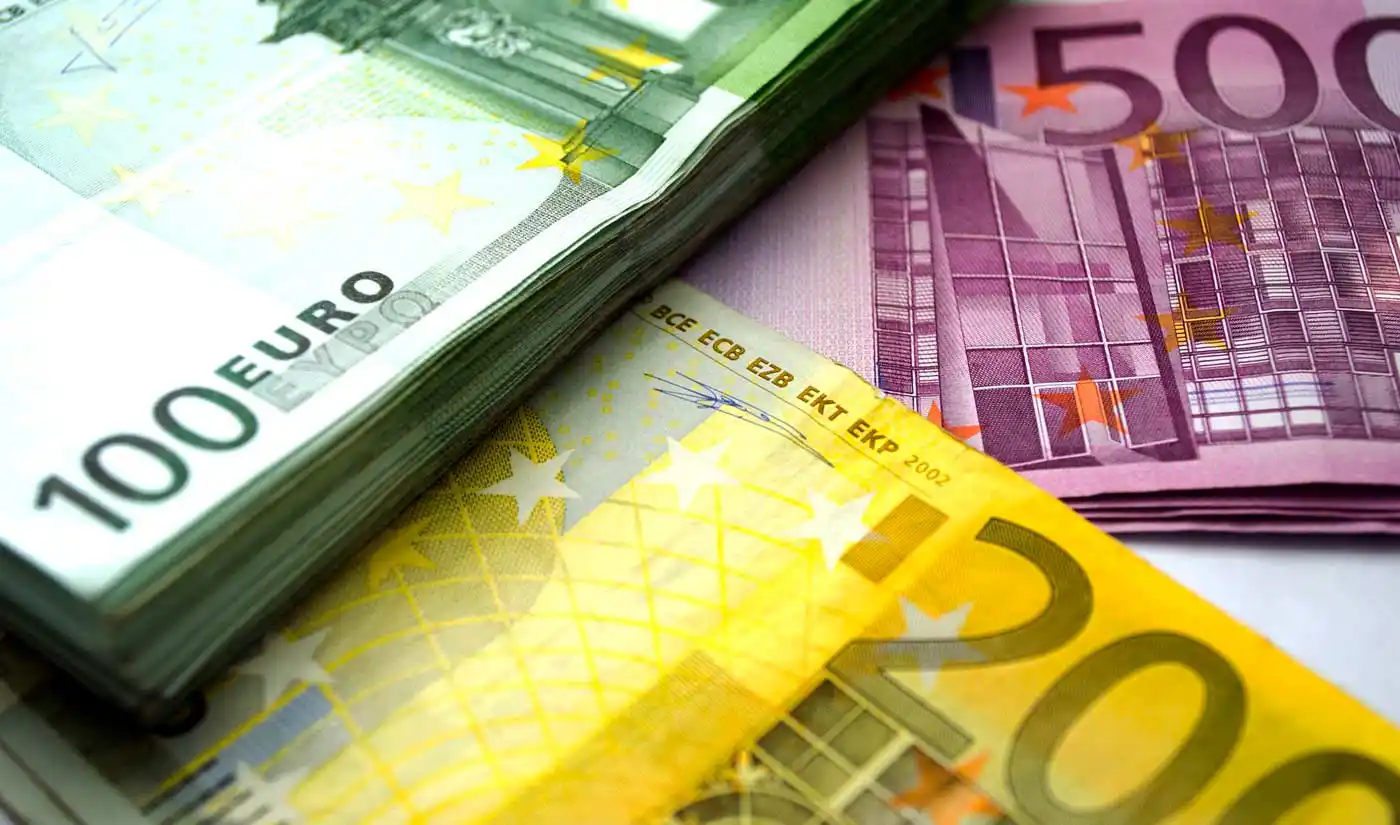In Madeira, Statistics Matter
Statistics may not typically captivate one's attention, but on an island like Madeira, a variety of events, and political choices unfold within the confines of a small and remote society that is heavily reliant on tourism.
Here, examining statistical data can provide a remarkably insightful perspective into the experiences of everyday individuals. Madeira's polished social media-biased image can indeed be quite revealing when looking at the lives of people who make everything happen.
“I don't want anyone to earn the minimum wage”
Miquel Albuquerque in 2023
DREM - Statistics on Income and Living Conditions 2018-2023
The Direção Regional de Estatística da Madeira (DREM) offers a compelling and comprehensive numerical insight into the dynamics of Madeira’s society. Bear in mind that the pandemic years not only significantly impacted the Madeiran economy, but were also responsible for its phoenix-like recovery. Income Inequality and Social Disparities remain major issues throughout Portugal and Madeira.
Proportion of Resident Population by Material And Social Deprivation Items, 2018-2023
Throughout the years, the following numbers draw a promising picture. However, it's crucial to note that more than half of the residents in Madeira still face challenges such as being unable to replace furniture - a typically expensive endeavor - or afford a holiday outside the island.
Please note that they did not provide any statistics for the scenario of "Unable to pay on time for mortgage or rent payments, utility bills, hire purchase installments, or other loan payments" in 2022. See also Reequilibrar program.
This absence of data leaves room for speculation, suggesting that the incidence of such financial challenges is potentially high. With the most recent developments in the rental market, this also appears to be one of the most pressing issues.
Note that with 7,6% the number of people unable to afford a decent meal is much higher than in 2018 (4,5%). Whereas an Internet connection has become crucial for almost everyone and must therefore be somehow affordable.
Scenario | 2018 | 2019 | 2020 | 2021 | 2022 | 2023 |
Unable to replace worn-out furniture | 51.7% | 54.0% | 55.3% | 49.2% | 52.3% | 50.9% |
Unable to afford one week’s holiday away from home per year, paying travel and accommodation costs for all household members | 60.0% | 58.4% | 60.7% | 57.0% | 55.1% | 54.7% |
Unable to face unexpected financial expenses close to the monthly value of the poverty threshold (without asking for financial help) | 53.2% | 50.6% | 51.5% | 48.7% | 46.7% | 49.3% |
Unable to keep the home adequately warm | 23.3% | 21.7% | 29.6% | 28.4% | 22.5% | 23.3% |
Unable to have regular leisure activities | 12.9% | 14.6% | 14.5% | 15.8% | 11.2% | 10.9% |
Unable to get together with friends/family for a drink/meal at least once a month | 11.1% | 11.6% | 13.2% | 9.8% | 8.0% | 9.7% |
Unable to replace worn-out clothes with some new ones (excluding second-hand clothes) | 15.4% | 14.7% | 18.3% | 13.8% | 13.9% | 12.4% |
Impossibility to spend a small amount of money each week on him/herself ("pocket money") | 12.2% | 12.5% | 14.9% | 14.3% | 8.9% | 8.7% |
Unable to pay on time for mortgage or rent payments, utility bills, hire purchase installments or other loan payments | 12.2% | 8.3% | 9.4% | 11.0% | 8.7% | x |
Unable to afford a car (light vehicle or SUV) due to economic difficulties | 7.6% | 7.8% | 7.5% | 5.3% | 7.1% | 4.2% |
Unable to have an internet connection for personal use at home | 5.0% | 3.6% | 3.5% | 2.6% | 2.0% | 1.3% |
Unable to afford a meal with meat, chicken, fish (or vegetarian equivalent) every second day | 4.5% | 4.5% | 6.4% | 5.0% | 7.1% | 7.6% |
Inequality of Income Distribution Indicators 2017-2022
The Gini coefficient is a measure of income inequality within a population or a distribution. It provides a numerical representation of the degree of economic inequality in a society. A higher Gini coefficient signifies greater income inequality. The coefficient is named after the Italian statistician Corrado Gini, who developed the concept.
At the turn of the millennium, Portugal possessed one of the highest Gini coefficients in the European Union. However, by 2010, the country underwent adaptive measures, successfully aligning its Gini coefficient with that of other EU nations. It's noteworthy that the European-wide Gini coefficient was recorded at 30.1% in 2021.
Scenario | 2017 | 2018 | 2019 | 2020 | 2021 | 2022 |
Gini coefficient | 33.2% | 33.5% | 30.8% | 31.1% | 32.4% | 32.7% |
Inequality of income distribution (S80/S20) | 6.2% | 5.8% | 5.0% | 5.1% | 5.3% | 5.2% |
Source Statisctisc: https://estatistica.madeira.gov.pt








Comments